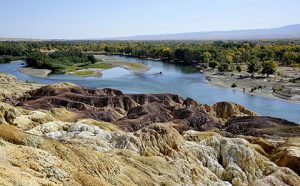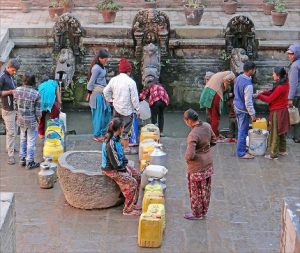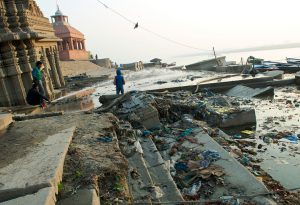Ethnic minority villagers in Cambodia’s Areng Valley have blocked a road to prevent Chinese company Sinohydro bringing in machinery to start building the Stung Cheay Areng dam, the Phnom Penh Post reported this week.
Sinohydro, the world’s leading dam developer, has attracted criticism for its involvement in a number of controversial dam projects in Cambodia.
Three of the company’s Chinese employees had to be escorted out of the area by military police, after over 40 villagers surrounded the company’s local office. They have been warned by local authorities not to return until the situation has calmed down.
This is the latest development in ongoing protests against the 108-megawatt Stung Cheay Areng dam on a major Mekong tributary, which will flood swathes of the country’s last remaining pristine rainforest – home to wild elephants and the almost extinct Siamese crocodile – and displace the valley’s estimated 1,500 residents.
Last November, Buddhist monks from Phnom Penh marched through dense jungle to the dam site in Koh Kong province and wrapped saffron clothes around large trees in the valley in an attempt to resist development offers made by foreign companies. A coalition of NGOs has also implored Prime Minister Hun Sen and the Chinese embassy to shelve the plans for the dam and instead turn the area into an eco-tourism site.
The district governor told local media the affected communities had been properly consulted and had given the go-ahead for the construction, while community representatives claim villagers have not been not been consulted or even officially told that a hydropower dam is planned for their land.
Sinohydro took over construction of the dam project a few months ago, after two other Chinese companies – China Southern Power Grid and China Guodian – backed outbecause of low rates of economic return and technical difficulties.
Project proponents argue these dam projects are essential for a country where 14% of rural homes have access to electricity, one of the lowest rates in Southeast Asia.
Critics say the project – like other Chinese-Cambodian dam contracts – are simply geared to making profits for the parties involved rather than generating low-cost electricity for the country. Companies and officials benefit from kickbacks and profit-sharing from highly lucrative illegal logging in the area. The Cheay Areng dam is also seen as part of a general Chinese push into Koh Kong province, which includes clearing an area seven times larger than Manhattan for a Chinese-leased seaside pleasure city and casino.
This is not the first time Sinohydro and other Chinese companies have run into problems after brushing aside local grievances. In Myanmar, where Chinese companies may build or fund as many as 50 dams, one re-ignited an ethnic insurgency in 2011 and fanned a wider, smouldering anti-Chinese backlash. Anger at companies’ lack of consultation and failure to carry out impact assessments has also sparked protests in Nepal and countries in South America and Africa.
While Sinohydro has progressive environmental and social policies on paper, compared with other Chinese dam builders and in line with international standards – it has clearly yet to implement these on the ground.
Sinohydro, which built the Three Gorges Dam in China, has expanded rapidly overseas with international contracts accounting for 47% of the US$18.3 billion in revenues it generated in 2011. With projects in 60 countries, it is the 14th biggest global contractor, ahead of Japanese groups such as Kajima Corp and Obayashi Corp.





